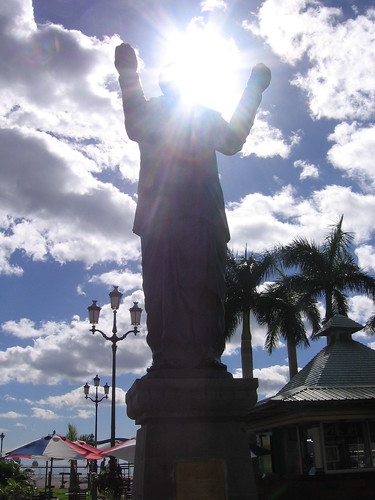 Xiangyang Fashion Market, Shanghai
Xiangyang Fashion Market, Shanghai
Originally uploaded by MonkeyGone2. Shanghai's number one tourist attraction is not a modern marvel such as the Jinmao Tower, nor is it one of the city's beautiful Buddhist temples (although the Longhua Temple and Pagoda and the Jade Buddha Temple are both superb). Instead it is the Xiangyang Fashion Market on Shanxi Road, better known as the 'fakes market'. Here, despite the warning posted over the main entrance (see photo), Western visitors compete to wring the best deal for knock-off Burberry, Armani, Rolex, Gucci, Paul and Shark, etc. from the vendors. The market is split into three sections - A, B and C - with A-grade fakes the best, C the lowest quality.
Leaving aside the ethical and economic consequences of supporting counterfeiting on a mass scale, it is fascinating to observe the bargaining process on the stalls. Haggling over prices turns shopping into a sport, for participants and spectators alike.




